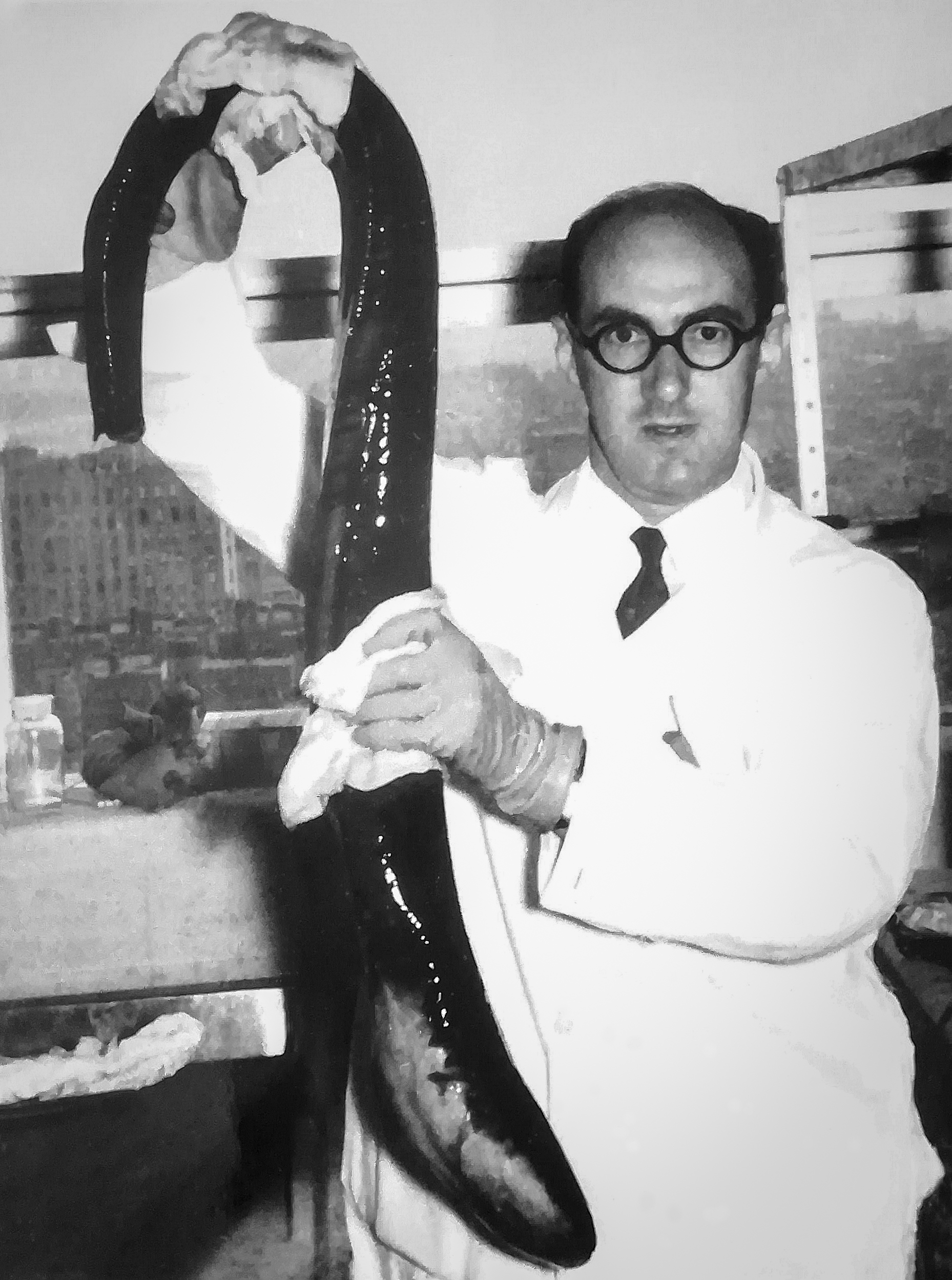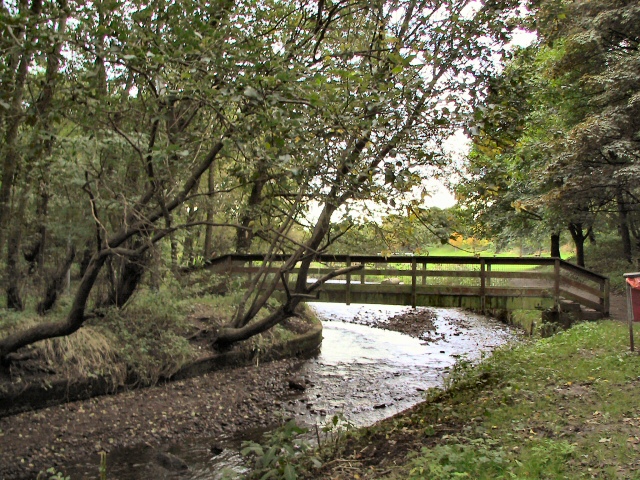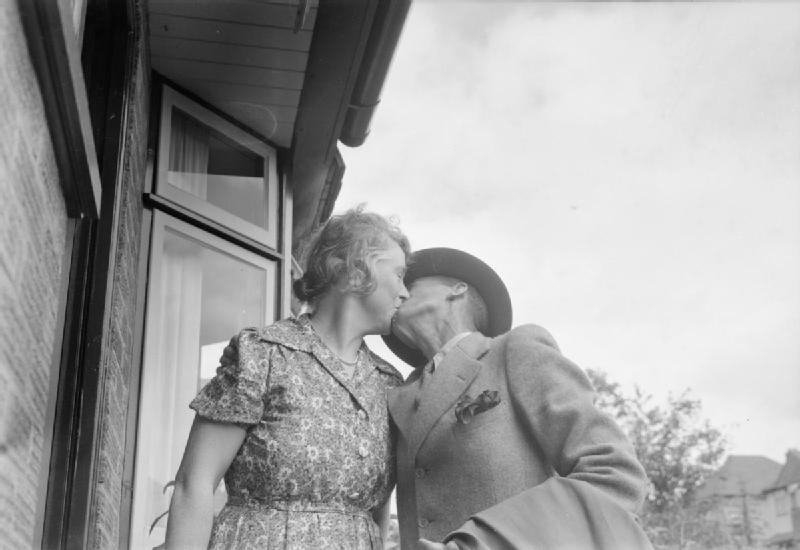|
Ronald Whittam
Ronald Whittam (21 March 1925 – 16 August 2023) was an English research scientist in the field of cell physiology. He conducted important studies on the mechanism of active transport of ions across animal membranes and its relation to cellular metabolism. Whittam was the inaugural Chair in Physiology at the University of Leicester, where he was subsequently an Emeritus Professor. Early life and education Ronald Whittam was born in Chadderton, within the Metropolitan Borough of Oldham, Lancashire, on 21 March 1925. He is the eldest of three sons and one daughter of Edward Whittam and May Whittam. His parents owned a bakery business in Butler Green, Chadderton. He left school at the age of 14 to work in the family business. He voluntarily attended educational evening classes and at the age of 16 had day release to the Municipal Technical College, Oldham. He achieved the School Certificate. Whittam reached the age of 18 during World War II in 1943 and joined the Royal Air ... [...More Info...] [...Related Items...] OR: [Wikipedia] [Google] [Baidu] |
Chadderton
Chadderton is a town in the Metropolitan Borough of Oldham, Greater Manchester, England, on the River Irk and Rochdale Canal. It is located in the foothills of the Pennines, west of Oldham, south of Rochdale and north-east of Manchester. Historically part of Lancashire, Chadderton's early history is marked by its status as a manorial township, with its own lords, who included the Asshetons, Chethams, Radclyffes and Traffords. Chadderton in the Middle Ages was chiefly distinguished by its two mansions, Foxdenton Hall and Chadderton Hall, and by the prestigious families who occupied them. Farming was the main industry of the area, with locals supplementing their incomes by hand-loom woollen weaving in the domestic system. Chadderton's urbanisation and expansion coincided largely with developments in textile manufacture during the Industrial Revolution and the Victorian era. A late-19th century factory-building boom transformed Chadderton from a rural township into a major ... [...More Info...] [...Related Items...] OR: [Wikipedia] [Google] [Baidu] |
Emeritus
''Emeritus'' (; female: ''emerita'') is an adjective used to designate a retired chair, professor, pastor, bishop, pope, director, president, prime minister, rabbi, emperor, or other person who has been "permitted to retain as an honorary title the rank of the last office held". In some cases, the term is conferred automatically upon all persons who retire at a given rank, but in others, it remains a mark of distinguished service awarded selectively on retirement. It is also used when a person of distinction in a profession retires or hands over the position, enabling their former rank to be retained in their title, e.g., "professor emeritus". The term ''emeritus'' does not necessarily signify that a person has relinquished all the duties of their former position, and they may continue to exercise some of them. In the description of deceased professors emeritus listed at U.S. universities, the title ''emeritus'' is replaced by indicating the years of their appointmentsThe Protoc ... [...More Info...] [...Related Items...] OR: [Wikipedia] [Google] [Baidu] |
Chemistry
Chemistry is the scientific study of the properties and behavior of matter. It is a natural science that covers the elements that make up matter to the compounds made of atoms, molecules and ions: their composition, structure, properties, behavior and the changes they undergo during a reaction with other substances. Chemistry also addresses the nature of chemical bonds in chemical compounds. In the scope of its subject, chemistry occupies an intermediate position between physics and biology. It is sometimes called the central science because it provides a foundation for understanding both basic and applied scientific disciplines at a fundamental level. For example, chemistry explains aspects of plant growth ( botany), the formation of igneous rocks ( geology), how atmospheric ozone is formed and how environmental pollutants are degraded ( ecology), the properties of the soil on the moon ( cosmochemistry), how medications work (pharmacology), and how to collect DNA ... [...More Info...] [...Related Items...] OR: [Wikipedia] [Google] [Baidu] |
Bachelor Of Science
A Bachelor of Science (BS, BSc, SB, or ScB; from the Latin ') is a bachelor's degree awarded for programs that generally last three to five years. The first university to admit a student to the degree of Bachelor of Science was the University of London in 1860. In the United States, the Lawrence Scientific School first conferred the degree in 1851, followed by the University of Michigan in 1855. Nathaniel Southgate Shaler, who was Harvard's Dean of Sciences, wrote in a private letter that "the degree of Bachelor of Science came to be introduced into our system through the influence of Louis Agassiz, who had much to do in shaping the plans of this School." Whether Bachelor of Science or Bachelor of Arts degrees are awarded in particular subjects varies between universities. For example, an economics student may graduate as a Bachelor of Arts in one university but as a Bachelor of Science in another, and occasionally, both options are offered. Some universities follow the Oxfor ... [...More Info...] [...Related Items...] OR: [Wikipedia] [Google] [Baidu] |
National Service (Armed Forces) Act 1939
The National Service (Armed Forces) Act 1939 was enacted by the Parliament of the United Kingdom on 3 September 1939, the day the United Kingdom declared war on Germany at the start of the Second World War. It superseded the Military Training Act 1939 (enacted in May of that year) and enforced full conscription on all male British subjects between 18 and 41 who were present in Great Britain, subject to certain exemptions. By a royal declaration in January 1941, the term Great Britain was extended to include the Isle of Man.''The London Gazette'', 31 January 1941p. 622/ref> Despite the end of the war in September 1945, the Labour government kept the Act in force until 1948, when its impacts were continued in a modified form by the enactment of the National Service Act 1948. Exemptions *Medically unfit as well as the blind, disabled, and those with mental disorders *British subjects from outside Britain and the Isle of Man who had lived in the country for less than two years *Stud ... [...More Info...] [...Related Items...] OR: [Wikipedia] [Google] [Baidu] |
Demobilisation Of The British Armed Forces After The Second World War
At the end of the Second World War, there were approximately five million servicemembers in the British Armed Forces. The demobilisation and reassimilation of this vast force back into civilian life was one of the first and greatest challenges facing the postwar British government. Demobilisation plan The wartime Minister of Labour and National Service and Britain's first post-war Foreign Secretary Ernest Bevin, was the chief architect of the demobilisation plan. The speed of its introduction was attributed to the tide of public opinion, which favoured slogans and policies that appealed to peace and disengagement. According to some sources, it was also driven by the labour shortage due to post-war reconstruction. The plan received bipartisan support, which was not seen during the 1930s when Labour and Conservative positions lacked consensus. The details involving the criteria and framework for demobilisation was unveiled to the public on 22 September 1944. It was scheduled to be ... [...More Info...] [...Related Items...] OR: [Wikipedia] [Google] [Baidu] |
Shropshire
Shropshire (; alternatively Salop; abbreviated in print only as Shrops; demonym Salopian ) is a landlocked historic county in the West Midlands region of England. It is bordered by Wales to the west and the English counties of Cheshire to the north, Staffordshire to the east, Worcestershire to the southeast, and Herefordshire to the south. A unitary authority of the same name was created in 2009, taking over from the previous county council and five district councils, now governed by Shropshire Council. The borough of Telford and Wrekin has been a separate unitary authority since 1998, but remains part of the ceremonial county. The county's population and economy is centred on five towns: the county town of Shrewsbury, which is culturally and historically important and close to the centre of the county; Telford, which was founded as a new town in the east which was constructed around a number of older towns, most notably Wellington, Dawley and Madeley, which is tod ... [...More Info...] [...Related Items...] OR: [Wikipedia] [Google] [Baidu] |
RAF Bridgnorth
RAF Bridgnorth was a Royal Air Force Station, created after the outbreak of World War II on 6 November 1939, at Stanmore, to the east of Bridgnorth, Shropshire, England. However, as RAF Stanmore Park already existed in Middlesex, it was named RAF Bridgnorth. Although during its existence various static aeroplanes were displayed as Gate Guardians, RAF Bridgnorth never had a runway. The first unit stationed there was No.4 Recruit Centre. Their role was to carry out the basic training of new recruits in the RAF, originally designed for 2,000 recruits and 500 permanent staff. In 1940 spare accommodation at Bridgnorth enabled it to be used as a transit and kitting out centre for troops returning from France. In August 1941 the Station was renamed No.1 Women's Auxiliary Air Force Depot involved with the training of WAAF recruits. By September 1942 saw another change of name to the No.1 Elementary Air Navigation School. Other changes subsequently took place as dictated by the needs of ... [...More Info...] [...Related Items...] OR: [Wikipedia] [Google] [Baidu] |
Royal Air Force
The Royal Air Force (RAF) is the United Kingdom's air and space force. It was formed towards the end of the First World War on 1 April 1918, becoming the first independent air force in the world, by regrouping the Royal Flying Corps (RFC) and the Royal Naval Air Service (RNAS). Following the Allied victory over the Central Powers in 1918, the RAF emerged as the largest air force in the world at the time. Since its formation, the RAF has taken a significant role in British military history. In particular, it played a large part in the Second World War where it fought its most famous campaign, the Battle of Britain. The RAF's mission is to support the objectives of the British Ministry of Defence (MOD), which are to "provide the capabilities needed to ensure the security and defence of the United Kingdom and overseas territories, including against terrorism; to support the Government's foreign policy objectives particularly in promoting international peace and security". T ... [...More Info...] [...Related Items...] OR: [Wikipedia] [Google] [Baidu] |
World War II
World War II or the Second World War, often abbreviated as WWII or WW2, was a world war that lasted from 1939 to 1945. It involved the World War II by country, vast majority of the world's countries—including all of the great powers—forming two opposing military alliances: the Allies of World War II, Allies and the Axis powers. World War II was a total war that directly involved more than 100 million Military personnel, personnel from more than 30 countries. The major participants in the war threw their entire economic, industrial, and scientific capabilities behind the war effort, blurring the distinction between civilian and military resources. Air warfare of World War II, Aircraft played a major role in the conflict, enabling the strategic bombing of population centres and deploying the Atomic bombings of Hiroshima and Nagasaki, only two nuclear weapons ever used in war. World War II was by far the List of wars by death toll, deadliest conflict in hu ... [...More Info...] [...Related Items...] OR: [Wikipedia] [Google] [Baidu] |
The Physiological Society
The Physiological Society, founded in 1876, is a learned society for physiologists in the United Kingdom. History The Physiological Society was founded in 1876 as a dining society "for mutual benefit and protection" by a group of 19 physiologists, led by John Burdon Sanderson and Michael Foster, as a result of the 1875 Royal Commission on Vivisection and the subsequent 1876 Cruelty to Animals Act. Other founding members included: William Sharpey, Thomas Huxley, George Henry Lewes, Francis Galton, John Marshall, George Murray Humphry, Frederick William Pavy, Lauder Brunton, David Ferrier, Philip Pye-Smith, Walter H. Gaskell, John Gray McKendrick, Emanuel Edward Klein, Edward Schafer, Francis Darwin, George Romanes, and Gerald Yeo. The aim was to promote the advancement of physiology. Charles Darwin and William Sharpey were elected as the society's first two Honorary Members. The society first met at Sanderson's London home. The first rules of the society offered membership t ... [...More Info...] [...Related Items...] OR: [Wikipedia] [Google] [Baidu] |
Wellcome Institute
The Wellcome Institute for the History of Medicine (1968–1999) was a London centre for the study and teaching of medical history. It consisted of the Wellcome Library and an Academic Unit. The former was and is a world-class library collection owned and managed by the Wellcome Trust and staffed by librarians including academic librarians who held honorary lectureships at University College London. The Academic Unit was a group of university staff appointed at University College London that conducted a programme of university teaching, thesis supervision, seminars, conferences and publications. Directors of the Wellcome Historical Medical Museum and of the Wellcome Institute for the History of Medicine * 1913–1936 Henry S. Wellcome, LLD, DSc, FRS (Founder and Director) * 1913–1925 C. J. S. Thompson, MBE (Curator) * 1925–1934 L. W. G. Malcolm, MSc, PhD, FRSE (Conservator) * 1934–1947 Captain Peter J. Johnston-Saint, MA, FRSE (Conservator) (photo) * 1941–194Dr S. H ... [...More Info...] [...Related Items...] OR: [Wikipedia] [Google] [Baidu] |






